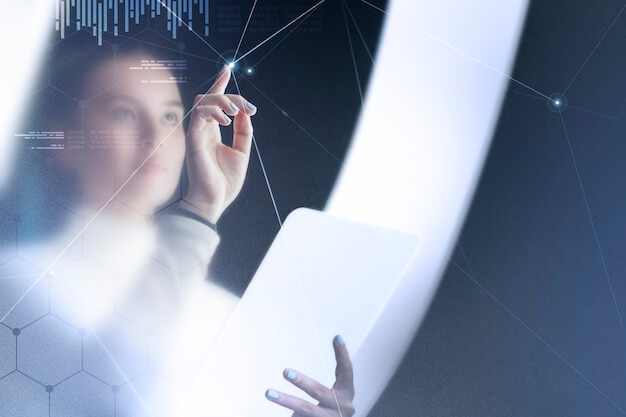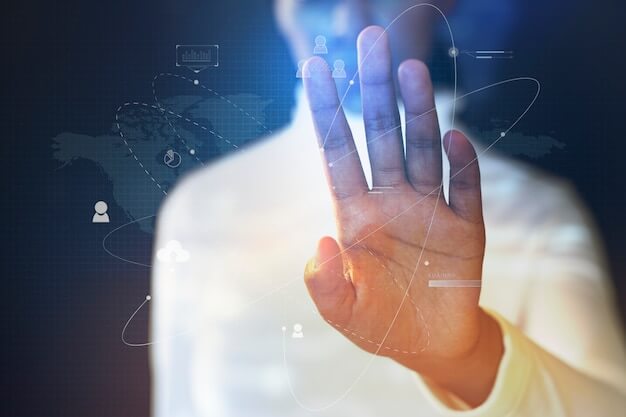The digital changes that have taken place in all aspects of our lives have also brought many benefits to the office environment. In the past 50 years, the pace of digitalization has snowballed, especially since the introduction of computers. Not long ago, we had to connect to the network through modems, use fax machines or floppy disks to transfer files.
Today, the great change in workplace technology is no longer the flexibility of the office, but the direction of creating the best possible working environment. In this environment, the time for administrative management is reduced, and the welfare of employees will become the center of the company's policies, and the capital and environmental costs will also be minimized. The implementation of intelligent devices and systems is the core of this business transformation, but when embarking on this journey, Internet of Things security must be put first.

In view of the record high data leakage and GDPR fines, the networked office equipment used to collect data must be taken seriously. However, it is also necessary to understand the benefits that the Internet of Things can bring to companies, so that companies can make wise decisions about whether to use this technology.
Digital Assistant
One of the most common uses of the Internet of Things is digital assistant. Now many people use it at home. However, these devices have not been widely used in office environments. The obvious use case for digital assistants in the office is to help employees complete personal tasks and make phone calls. However, their potential goes far beyond that.
For example, the digital office assistant can tell you which conference rooms can be used, and adjust the settings of conference room equipment or order consumables according to your history of use.
Intelligent building
Traditionally, intelligent buildings refer to those buildings that use the Internet of Things system, such as smart meters and smart security systems, to save costs and conduct remote operations. For example, the intelligent HVAC system can know how the temperature of the office varies with different weather conditions, and adjust the cooling or heating accordingly. However, with the recent development, the Internet of Things intelligent building system can be associated with the number of people using computers. Using these data, the system will be able to accurately determine which parts of the office need air conditioning more, so it can more accurately guide the heat/cold air to these areas. For construction operators, this means huge cost savings because they no longer need to spend money where nobody is.
The use of the Internet of Things in the office building also means reducing the time spent searching for free work stations in the office, so as to provide customers or employees with a smoother and more personalized experience. For example, customers or suppliers who often come to the office will receive a personalized welcome message with their name and company logo at the reception desk as soon as they enter the building. Nowadays, many companies have adopted the hot desk strategy, that is, employees no longer have their own desks, but share work stations with colleagues. The digital assistant can send notifications to employees through smart phones, so that they can know which desks can be used after they get on the elevator.
The Internet of Things can also reduce the "office building congestion" during lunch and other peak hours. To do this, the Internet of Things needs to be connected to a specific device, such as a smartphone or wearable device, and then the device will collect data related to your behavior, such as where you usually get on the elevator. Then, it can send you the notice of the next elevator to that floor and when to arrive based on this information. This not only allows people to move freely, but also reduces energy consumption. Although the cost of implementing these measures may be high, the cost-benefit analysis shows that these measures are usually worthwhile in the long run.
Smart tables and chairs and well-being
According to the estimates of the Occupational Safety and Health Administration (OSHA), employers pay nearly $1 billion a week to treat the effects of poor office ergonomics, including poor sitting posture, heavy lifting and fatigue.
For example, if you sit for too long, the smart desk will send out a reminder, while the smart chair has a sensor that can send out a reminder when an employee's posture is bad, or even provide suggestions for improvement. In addition, employees can be provided with healthy wearable devices to remind them when they need to walk, change the light settings on their computers, and even remind them to drink water. This approach can help optimize the working environment of employees, improve their concentration, and help improve their productivity.
It is estimated that by 2025, the value of the intelligent office industry will reach 57 billion dollars, and we are only at the beginning of the development of office intelligent products. Innovative IoT tools can help employees and companies make better day-to-day activities and long-term operational decisions. These devices can not only help improve work efficiency, but also reduce the company's environmental and capital costs.
How will our office develop by 2050?
The use of intelligent technology solutions to create the best office environment is critical for future work. If you don't believe this, just think back to your life 30 years ago without laptops and how they affected your work flexibility. With the huge opportunities in the Internet of Things market, in another 30 years, we may see a completely different office environment again. For example, we do not need to use a pass, but it will be recognized by behavior patterns (such as our walking style and tone). When we arrive at the reception, we will be welcomed by robots. When we attend a meeting, we will be able to project a three-dimensional hologram of a colleague working in another country. Opportunities are endless!
